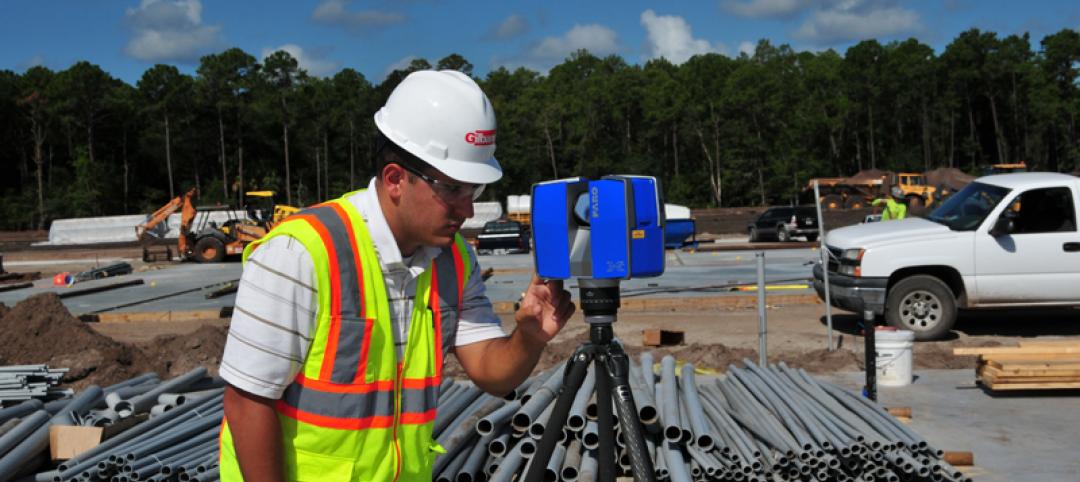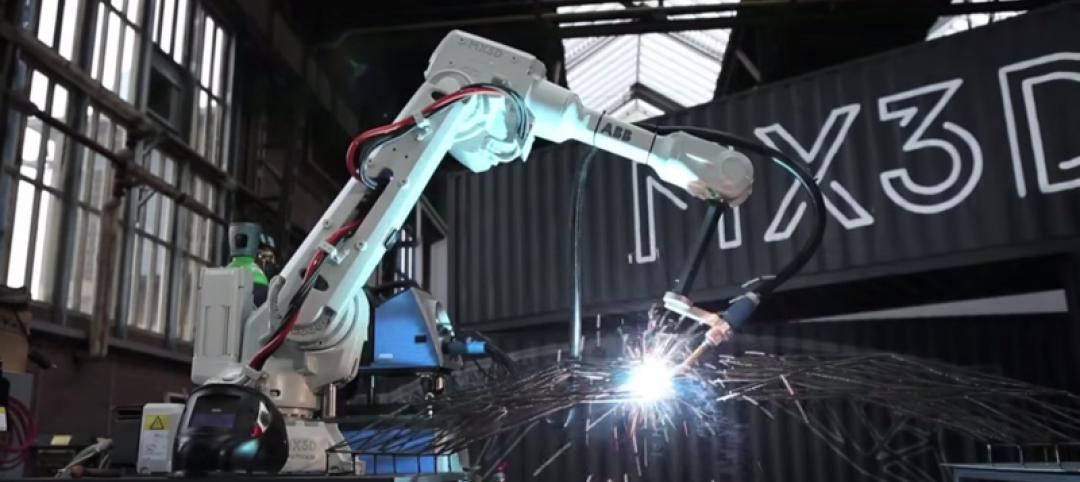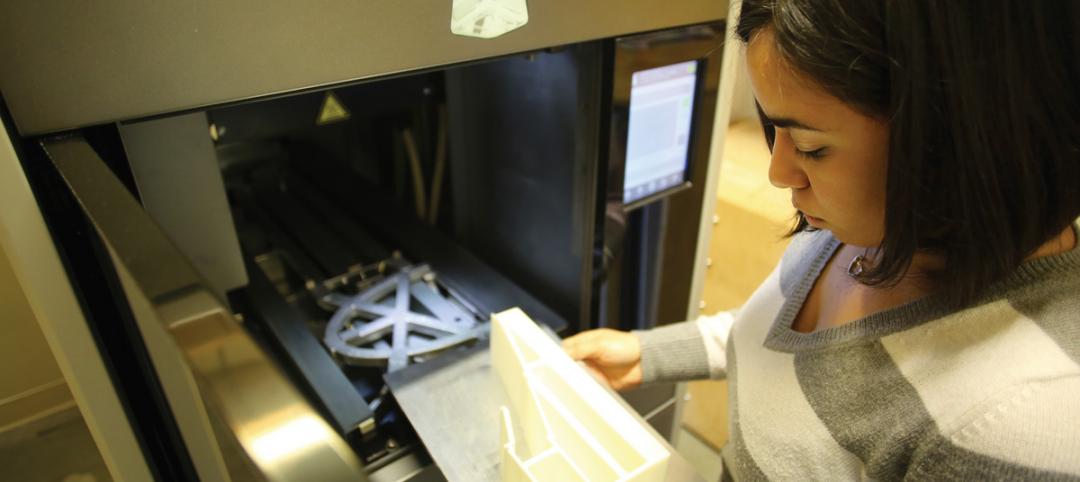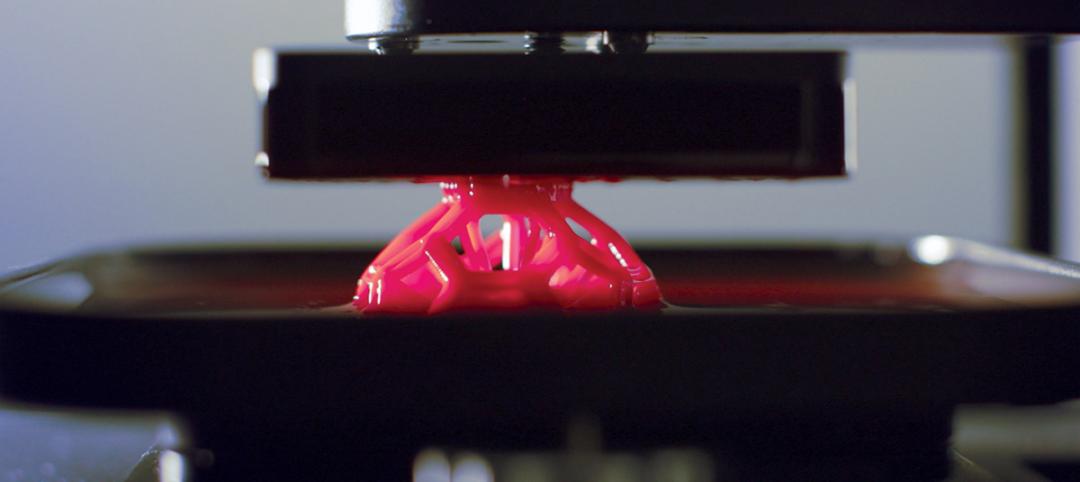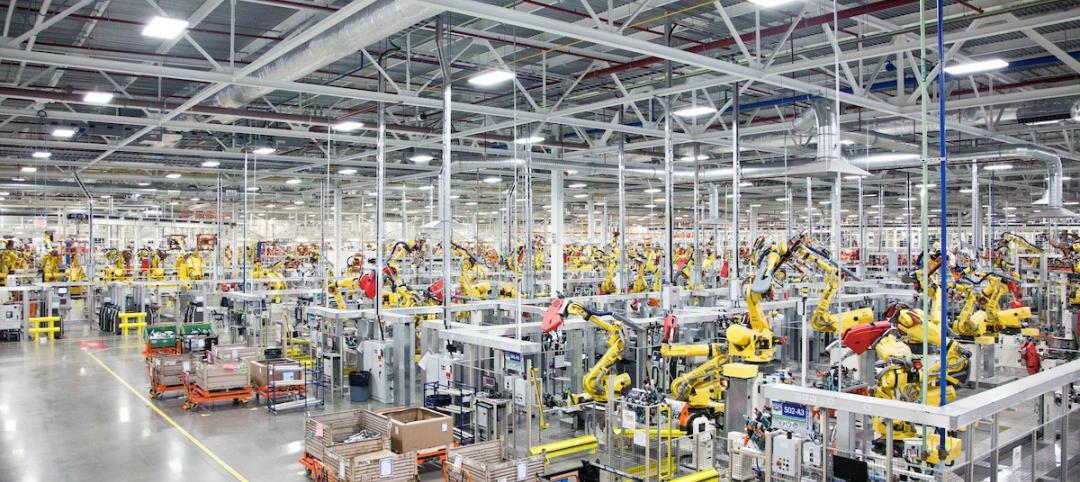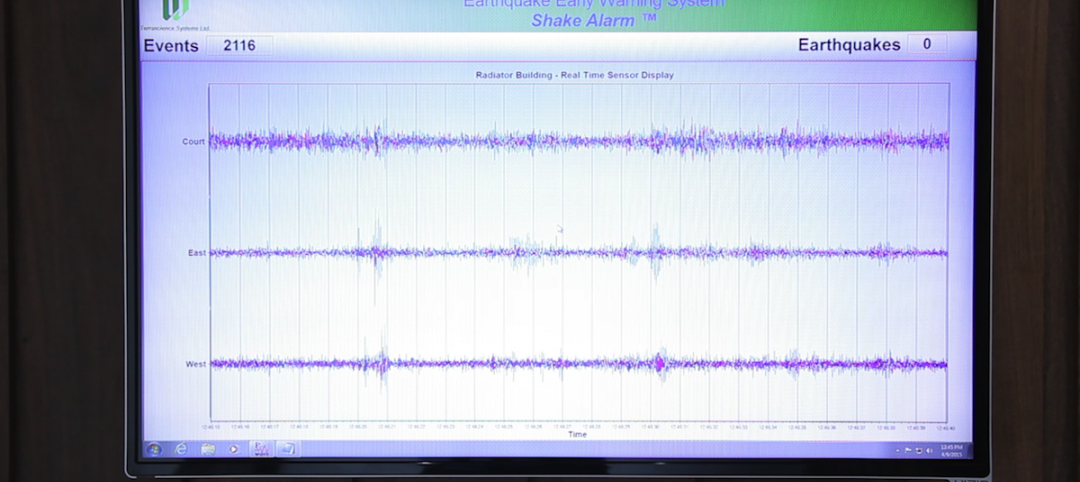The majority of construction companies currently aren't using cloud software, and fewer than two-fifths plan to move their takeoff, estimating, or project management functions onto the cloud within the next four years, according to a survey of estimators, executives, and project managers conducted by Houston-based On Center Software, which provides technology solutions to construction professionals.
Among the survey’s 921 respondents, 42% were estimators, 22% managers or chief estimators, 22% project managers, and 13% executives.
Being able to communicate using a single source of data is the most important factor to all respondents when they are evaluating different software providers. More than 60% of each respondent group indicates that being able to integrate their systems—particularly estimating, takeoffs, and project management—is a requirement when evaluating providers.
The respondents are also looking for solutions that minimize costly errors and rework.
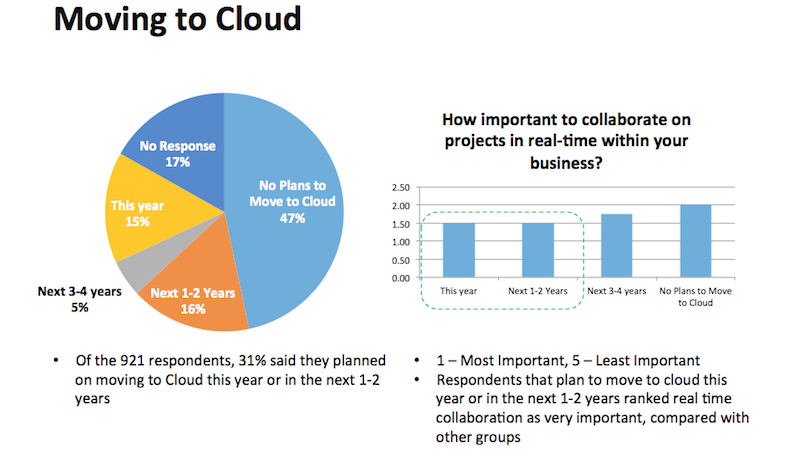
Yet, about 70% of those polled say their companies aren’t using cloud software today. However, 15% plan to move their processes to the cloud this year, 16% within the next two years, and 5% within the next four years.
Nearly half of the respondents—47%—aren’t planning to move their processes to the cloud within this time period.
Angelo Castelli, On Center Software’s Chief Operating Officer, points out the irony of this resistance, in that a significant portion of the industry “doesn’t realize” yet that the kind of broad collaboration companies are seeking, which would allow them to communicate about projects in real time using a single data source, can only be provided by the cloud.
The survey’s findings, though, do seem to reflect the construction’s industry’s basic conservatism when it comes to technology. Laptops still dominate as the preferred mobile device among the respondent groups. Less than half of the respondents are currently using smartphones. Android is the most widely used smartphone among respondents whose companies plan to move to the cloud within the next two years.
Related Stories
BIM and Information Technology | Jul 1, 2015
World’s first fully 3D-printed office to be produced in Dubai
A 20-foot-tall printer will be needed for the project, spewing out construction material consisting of special reinforced concrete, fiber reinforced plastic, and glass fiber reinforced gypsum.
Sponsored | BIM and Information Technology | Jun 23, 2015
Emerging technology reinvents construction principals
Gilbane discovered the anecdotal side of laser scanning pales in comparison to the dramatic ROI story.
BIM and Information Technology | Jun 23, 2015
A steel bridge in Amsterdam will be 3D printed
To complete the bridge, multi-axis industrial robots will be fitted with 3D printing tools and controlled using custom software that enables the robots to print metals, plastics, and combinations of materials.
BIM and Information Technology | Jun 21, 2015
11 tips for mastering 3D printing in the AEC world
Early adopters provide first-hand advice on the trials and tribulations of marrying 3D printing with the science of building technology.
BIM and Information Technology | Jun 16, 2015
What’s next for 3D printing in design and construction?
The 3D printer industry keeps making strides in technology and affordability. Machines can now print with all sorts of powderized materials, from concrete to chocolate.
BIM and Information Technology | Jun 15, 2015
Arup report predicts future of manufacturing
Human-robot collaboration, self-cleaning and self-healing materials, mass customization, and 3D printing will herald a new "golden age" of production.
BIM and Information Technology | Jun 14, 2015
Deep data: How greater intelligence can lead to better buildings
The buzzword may be “Big Data,” but the reality is that Building Teams need to burrow deep into those huge datasets in the course of designing and building new facilities. Much of the information is free. You just need to dig for it.
Smart Buildings | Jun 11, 2015
Google launches company to improve city living
The search engine giant is yet again diversifying its products. Google has co-created a startup, called Sidewalk Labs, that will focus on “developing innovative technologies to improve cities.”
Seismic Design | Jun 9, 2015
First building-specific earthquake warning system installed in North Portland, Ore.
The ShakeAlarm system recognizes and quantifies the faster but lower-energy seismic P-wave, which is the precursor to the more damaging S-wave.
BIM and Information Technology | Jun 8, 2015
Ready for takeoff: Drones await clearance for job site flights
The fog is finally lifting on who will be allowed to pilot unmanned aerial vehicles.




